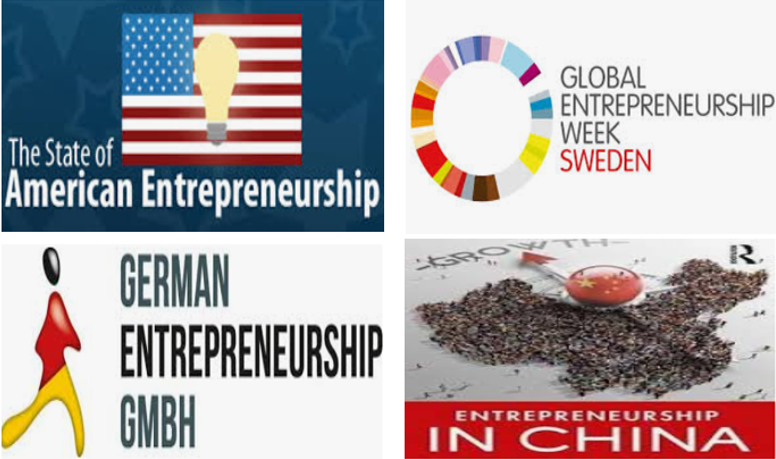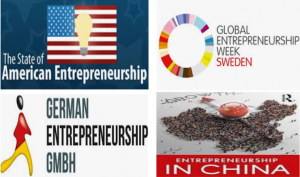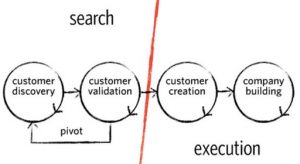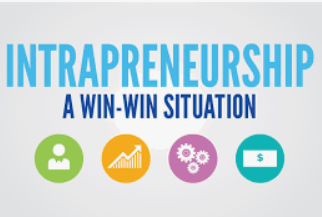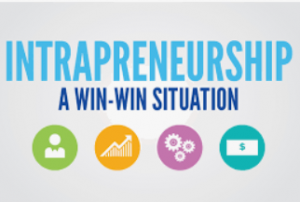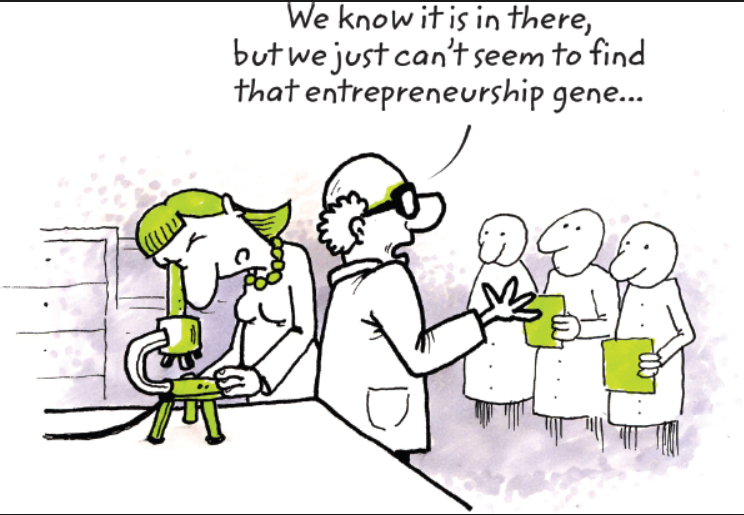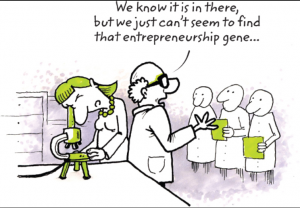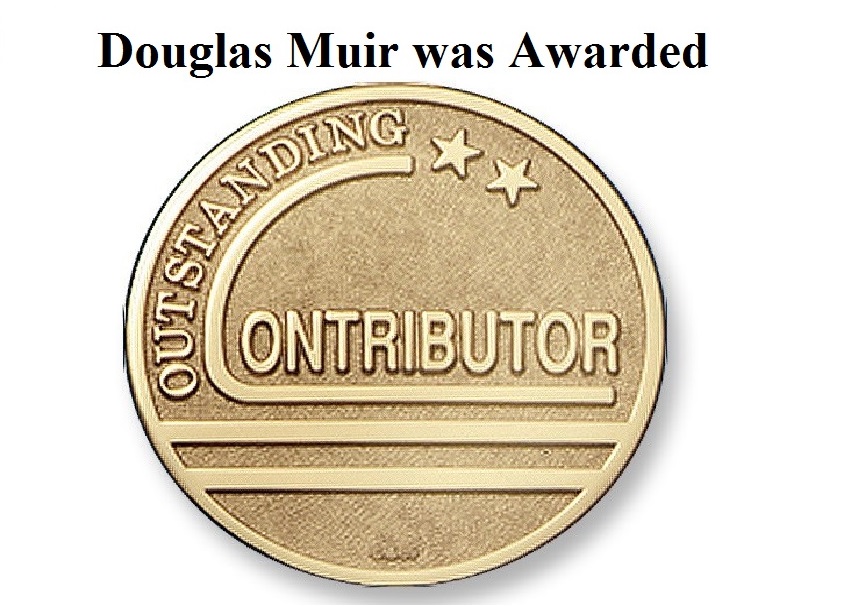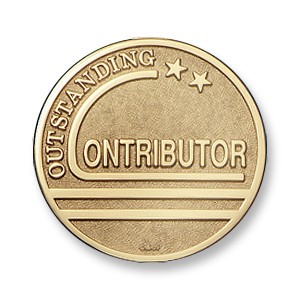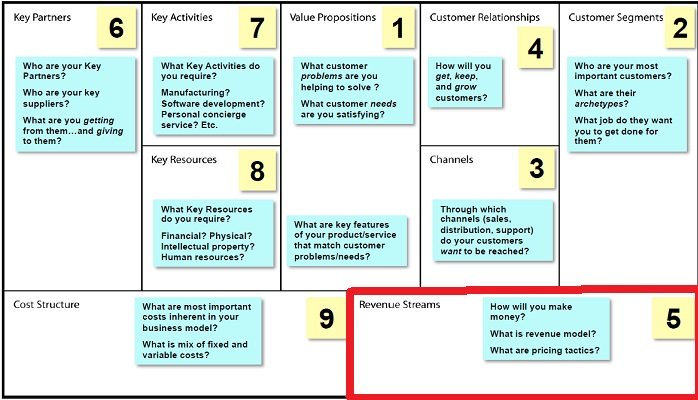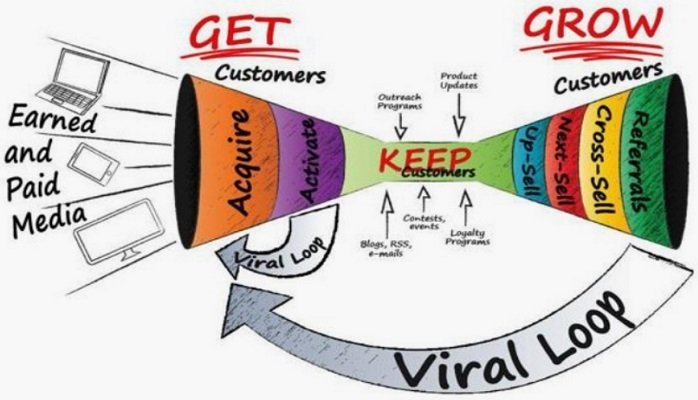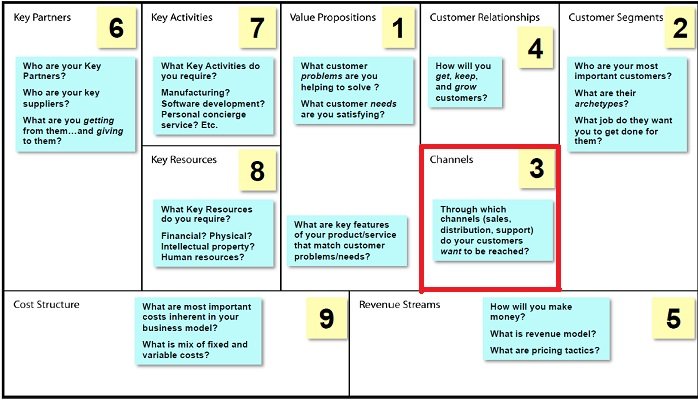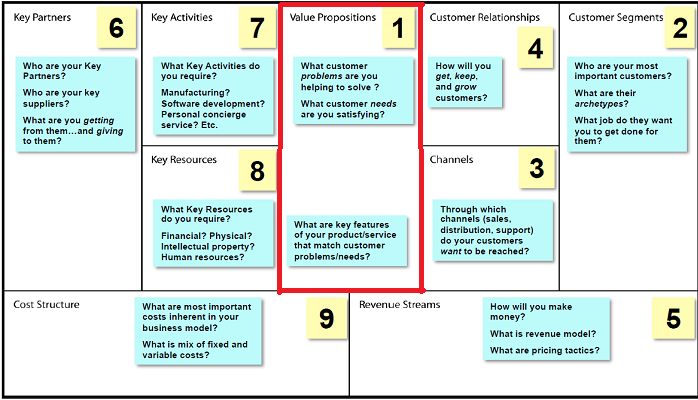As I get ready to start my Doctorial studies in Business Administration at Felician University, I’m already thinking about my dissertation that is due five years from now. In my thesis, I’d like to explore how different cultures other than our firmly established American culture of entrepreneurship view entrepreneurship, and what makes the American entrepreneur so resilient and plentiful?
Entrepreneurship is often thought of as an “American thing” and reminds us of “the American dream,” “bigger is better,” “of course I can do that,” and a whole list of other sayings (I myself have said many of these statements). We also think of the unlimited upward social mobility, and the belief that if you have a good idea and a good work ethic, you can start your own company and make plenty of money (which is sometimes true, but most of the time, not).
We also tend to celebrate the American garage heroes, such as Mark Zuckerberg, who started Facebook and the whole social media craze; Larry Page and Sergey Brin, who started Google and data analytics; and the renegade Elon Musk, who constantly pushed the envelope of ideas (and still does), even when most people didn’t believe his ideas would work.
Let’s look at some highlights of American entrepreneurial culture, as well as some different entrepreneurial cultures, such as those of Germany, Sweden, and China. These are but a few examples, but even with a brief look at how some of these cultures view entrepreneurship, we can begin to understand how Americans and other countries can further develop their entrepreneurial drive and methods by incorporating the tactics, attitudes, and experiences of different cultures.
America
Americans are the young kids on the block with the “can do” attitude and the “don’t tell me what to do” belief system. Personally, growing up in a solid lower middle-class family with an entrepreneurial father, who quit his job one day and started a busing company without a busing license, set me on my own entrepreneurial path. At the time, my father had three little children and a stay-at-home wife. This is the typical American dream: working hard and making something of yourself. Despite the many years of lean times, and dying at the young age of 54, my father’s dream and hard work turned out well. After all, this high school dropout ended up employing many people and created a successful bussing company.
In America, there is the mythological figure of the entrepreneurial billionaire who gets incredibly rich, incredibly fast. However, alongside that figure sits a very different reality. This different reality defines “entrepreneurial culture” in the United States as being inconsistent with the “notion of America.” This may seem counterintuitive, since the American dream was built on hard work, innovation, and the hunt for success, but if we take a look at some American trends, it will explain why entrepreneurship no longer fits into the way of America in the same way it used to when it was framed as the American dream.
According to the Kauffman Foundation, the American education system is still weighted toward placing graduating students into existing big companies, rather than equipping them with the skills necessary to start their own businesses. Some high schools are now offering a few entrepreneurship classes taught by non-entrepreneurs, but higher education is still primarily geared toward providing students with the necessary skills to climb the corporate ladder.
It is worth considering, however, that the culture of entrepreneurship is still relatively new. The Kauffman Foundation suggests that the prestige of entrepreneurship came as a response to recession-era layoffs in the 1970s and 1980s, leaving entrepreneurship as the only option for advancement. As the culture continues to grow, we can notice a growing interest in entrepreneurship, as collegiate courses on design thinking, innovation, and entrepreneurship spring up across the country.
Expanding one’s perspective on entrepreneurship is important if one wants to become a more successful business leader. The newer courses offered in entrepreneurship are a step in the right direction, but it takes more than that. While your personal history, culture, and values are all important, they shouldn’t blind you to other perspectives from around the world, because they, too, have plenty to offer. We now live in a globalized world, so, Americans can and should learn more by broadening their approach. This will help people find more creative solutions, build a stronger business, and possibly even find more fulfillment in their work and role as a business leader.
Germany
According to the U.S. News & World Report’s annual “Best Countries” rankings, Germany is, for the third year in a row, considered the world’s best country to be an entrepreneur.
Germans have a culture built around work ethic and are a notoriously driven people. However, despite its having been ranked as the best country for starting a business, doing so is much more difficult in Germany than it is in other countries. In fact, the World Bank ranks it 113th in the world in terms of ease of starting a business. Part of the reason for such difficulty is because Germany prioritizes jobs in the government and in large, established firms. The most talented and hardest working people gravitate toward established jobs, mostly for prestige and advancement. This leaves entrepreneurial opportunities less explored and less celebrated, at least by German standards.
Yet, the country still sees decent rates of entrepreneurship, thanks to an immigrant population that brings more entrepreneurial values into the country. How Germany manages to be one of the best countries for entrepreneurship, despite its difficulty to start a business, is a question worth exploring, because we can learn a lot about entrepreneurial strategy.
Sweden
The World Bank has ranked Sweden in the top ten countries for entrepreneurship. The article continues to rate Sweden, along with entrepreneurship, as the most business-friendly country, most culturally influential, most modern, offering high quality of life, the ability to retire comfortably, transparency, and gender equality. It is also considered the best country to headquarter a corporation, raise kids, live green, and get a great education, and it is among the best countries overall. But this is a Socialist country, so how can all of that be? Interestingly, Sweden has a 90% privately owned business community. Although the ease of starting a business in Sweden is rated high, staying in business may be tough due to the very favorable labor laws, and the tax burden placed on business owners. Looking at how those who managed to both start and stay in business should offer us huge insights into innovation and entrepreneurial tactics.
China
For the past few decades, China has been the manufacturing hub of the world, but Chinese culture is shifting to focus on the merits of entrepreneurship, as China attempts to reposition itself as a growing tech innovator. They are making this shift through education, governmental assistance, and culture.
Statistics show that the number of Chinese students studying abroad at higher education institutions in the United States during the 2016-2017 academic year was almost 351,000 students. The Chinese government has also taken multiple initiatives to foster increased rates of entrepreneurship, including a $338 billion investment into government-backed, tech-centric, venture capital firms. The increased availability of cash for entrepreneurial ventures is fueling a renewed interest in innovation.
Chinese citizens are hungrier for success and are willing to make great sacrifices for the chances of success; accordingly, Chinese start-ups tend to grow more rapidly than their American counterparts. If Americans can understand how entrepreneurs in China do business and grow so quickly, they can apply it to their own American businesses.
Of course, there are similarities in each entrepreneurial culture. Some of the tactics and values offered by different cultures can be reflected in American culture, but the differences in other entrepreneurial cultures offer Americans the chance to learn significantly. The attitudes, strategies, and entrepreneurial mindsets of our peers across the world can provide us with great, applicable knowledge. Taking the time to understand the similarities and differences between American entrepreneurial culture and the different entrepreneurial cultures around the world can create beneficial change in the way we do business and think about innovation.
If you’d like more information, please feel to contact me directly at dmuir@muirandassociates.net or go to my academic web site for more white papers and research at https://douglasmuir.academia.edu/
